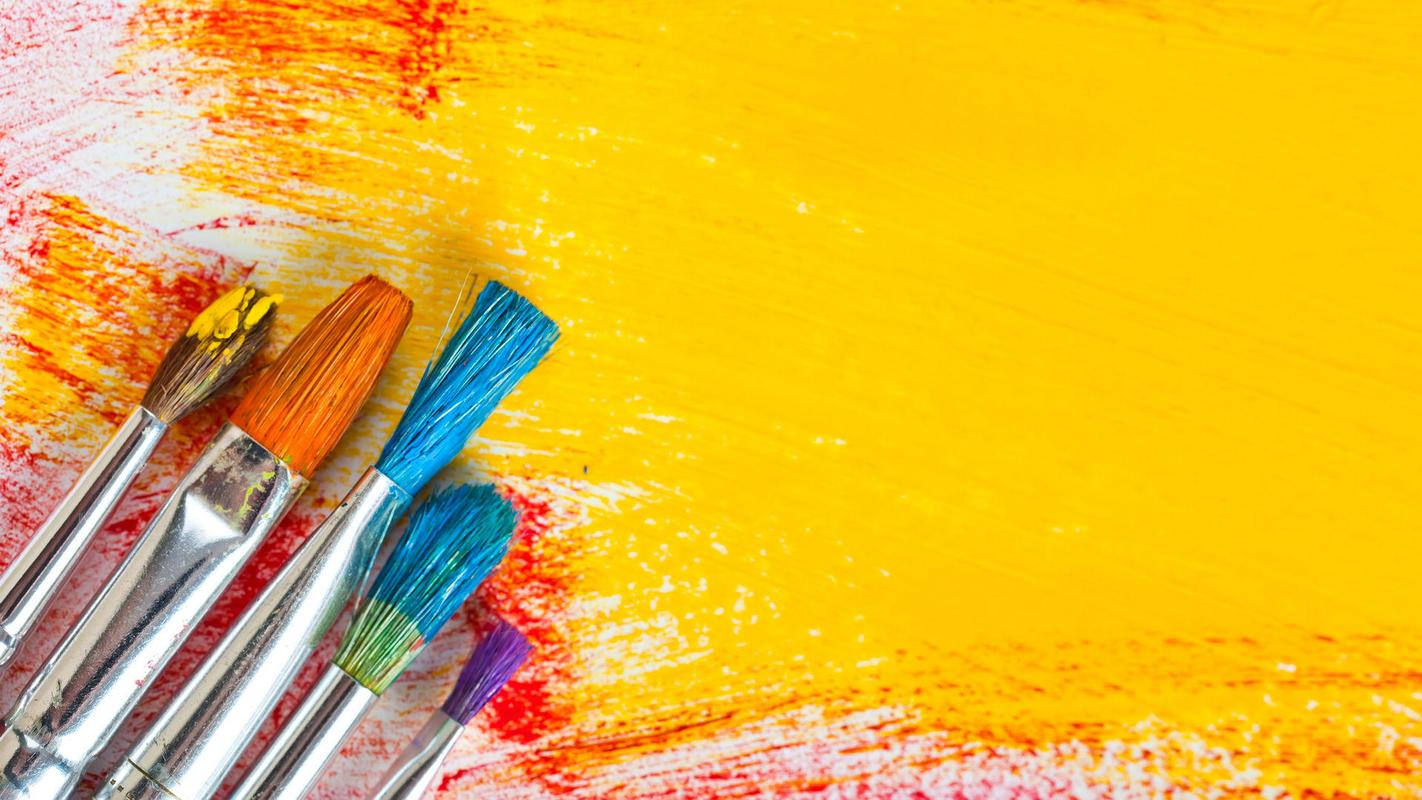Factors affecting the light stability of PVC and solutions
May 29, 2024, 11:58 AM
TDD-global
6398
Polyvinyl chloride is widely used in industry and life because of its unique properties, low density, easy modification, and good processing performance. Most of them are used outdoors, such as window frames, door frames, shutters, wall panels, pipes, etc.
Polyvinyl chloride is widely used in industry and life because of its unique properties, low density, easy modification, and good processing performance. Most of them are used outdoors, such as window frames, door frames, shutters, wall panels, pipes, etc. Under the influence of various environmental factors such as sunlight, heat, oxygen, ozone, water, etc. outdoors, PVC products will undergo serious degradation, yellowing, hardening and brittleness, and decline in mechanical properties. Gradually decline, and finally lose its use value. Therefore, we can propose a solution to the poor light stability of PVC by studying the factors affecting the degradation of PVC.
Factors affecting the photodegradation of PVC
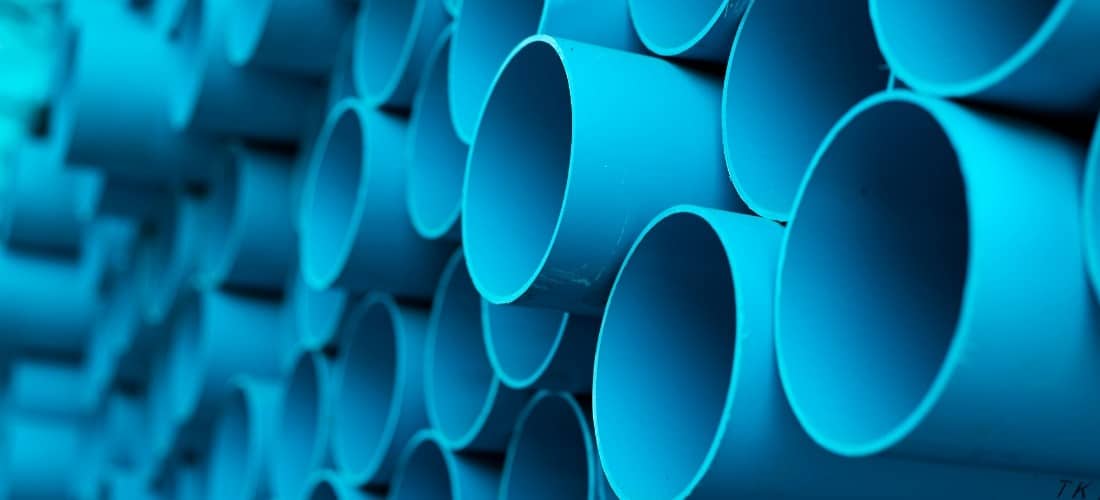
First, the regularity of PVC structure
The color of the PVC resin changed after being irradiated by ultraviolet light, indicating that part of the intramolecular de-HCl reaction occurred on the main chain of the macromolecule, and a small amount of conjugated double bonds were formed on the main chain of the macromolecule, which led to the change of the color of the resin. .
The influence of additives
During processing, the stability of the material is improved by adding a series of additives, such as heat stabilizers, antioxidants, plasticizers and lubricants. However, there are problems such as poor compatibility with materials, decomposition temperature lower than material processing temperature and low molecular weight, etc., which reduces the mechanical properties of products, and causes discoloration due to leakage and extraction of additives during use.
1. Plasticizer
After the plasticizer absorbs ultraviolet light with a wavelength greater than 290 nm, it generates free radicals and acts on the PVC chain to increase the HCl extraction rate, which accelerates the photodegradation process of PVC and causes the material to discolor. Discoloration will occur.
2. Solvent
Cyclohexanone and tetrahydrofuran (THF) are commonly used solvents for PVC, and THF reacts with O2 to easily form complexes, which generate free radicals under ultraviolet light to trigger the photodegradation of PVC. Since THF is commonly used in the preparation of PVC films, it will accelerate PVC films. photodegradation.
3. Heat stabilizer
The thermal stability of PVC is poor, and a thermal stabilizer must be added to post-processed PVC products to enhance thermal stability. Using mass analysis, infrared spectroscopy and UV-Vis spectrophotometer (wavelength greater than 300nm, temperature 40°C, 55°C, 70°C) to study the 80 μm thickness containing calcium stearate, zinc stearate heat stabilizer The photo-oxidation behavior of the PVC film found that the initial heat stabilizer gradually disappeared because HCl reacted with the heat stabilizer. When the heat stabilizer completely disappeared, weight loss occurred at the same time, indicating that the intensity of HCl removal is greater than oxidation. It was found by UV irradiation that the thermal stabilization of organotin was better, which was the reason why organotin chloride would not cause further degradation.
The effect of polymer modification
Some good properties can be obtained by blending PVC with other polymers, but the blending will affect the UV degradation behavior of PVC. Methyl methacrylate-butadiene-styrene copolymer (MBS), polyethylene oxide (PEO) and wood chips promote the photodegradation of PVC, while polyvinyl acetate (PVAC) and polyvinyl alcohol (PVA) retard the photodegradation Photodegradation of PVC. The addition of MBS to PVC can greatly improve the impact resistance of PVC, but the addition of MBS will accelerate the photodegradation of PVC.
Fourth, the effect of adding calcium carbonate
The main purpose of adding CaCO3 to the formula of PVC products is to fill the increment, reduce the cost, improve the hardness and heat distortion temperature of the product, and reduce the molding shrinkage rate of the product, but the particle size and particle size distribution of CaCO3 and the compatibility with the matrix are limited. , in the case of a large amount of it, it will inevitably cause agglomeration in the matrix, reduce the toughness of the material, and affect the gloss and color of the product. Some data point out that after organic surface treatment of CaCO3, the hygroscopic ability is obviously reduced, but if PVC is degraded and HCl is removed, CaCO3 is dispersed in the photo-oxygen degradation product layer of PVC, forming a potential water absorption site, which is easy to make the product discolored, and CaCO3 and PVC products are aging. The pulverization phenomenon in the process is closely related. Products with high CaCO3 filling content are prone to pulverization phenomenon. The pulverization phenomenon is the result of the surface morphology change caused by chain scission or cross-linking during the aging and degradation of PVC.
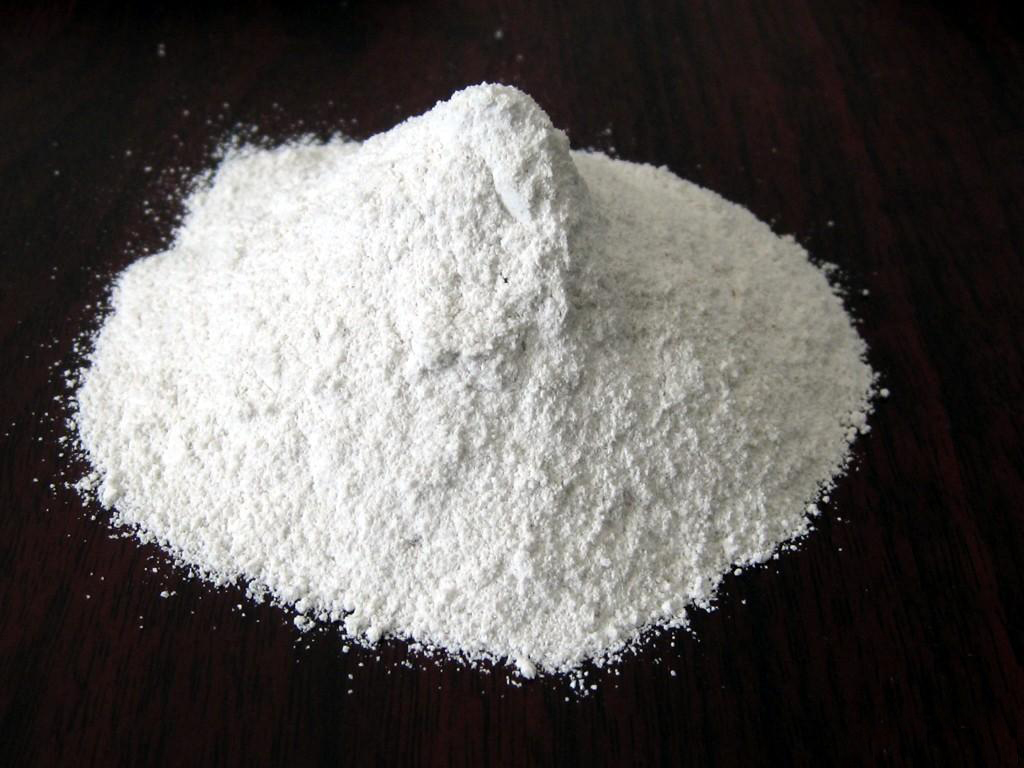
Common methods to solve the poor light stability of PVC
1. Minimize the degradation of PVC resin and the formation of polyene structure during the polymerization of PVC resin
1. Remove oxygen from the polymerization system and deionized water
2. The polymerization temperature should not be too high
3. Control the appropriate bureau and conversion rate, and shorten the depressurization period of polymerization
4. Strictly control the chloride content in water
5. Purity of raw materials and selection of dispersant and initiator system
2. Optimize the production formula design of PVC products
1. Heat stabilizer
Hindered Amine Light Stabilizers (HALS) are a class of piperidine derivatives that do not absorb or rarely absorb ultraviolet light and have a certain steric hindrance effect. However, because hindered amine light stabilizers are alkaline, they are more sensitive to acidic substances [5], and HCl is formed during both photodegradation and thermal degradation of PVC. HCl may react with HALS, thereby hindering the formation of nitroxide radicals. "Poisoning" HALS. Weakly basic hindered amine light stabilizers can be selected, such as piperidine derivatives or anthraquinone derivatives, because they have a variety of functional groups, they can be used as a free radical scavenger, and such derivatives are easy to prepare and have almost no toxicity.
2. Antioxidants
During the processing and use of PVC products, they will be oxidized by heat and ultraviolet rays, and the oxidative deterioration is related to the generation of free radicals. The main role of antioxidants is chain scission terminators or free radical scavengers. Its main function is to bind free radicals to form stable compounds to stop chain reactions. Antioxidants are usually recommended as multi-component formulations to provide protection against UV degradation. The main antioxidants of PVC are usually bisphenol A and auxiliary antioxidants or hydrogen peroxide decomposers. The auxiliary antioxidants of PVC are triphenyl phosphite and diphenyl isooctyl ester, and the combination of main and auxiliary antioxidants can exert a synergistic effect.
3. Ultraviolet absorber
The role of UV absorbers is to prevent degradation and crosslinking of polymers caused by UV rays in sunlight and various artificial light sources. Ultraviolet absorber can absorb ultraviolet rays with a wavelength of 240-340 nm, and has the characteristics of light color, non-toxicity, good compatibility, small migration, easy processing, etc., and has a good protective effect on PVC resin.
According to chemical structure, UV light absorbers can be divided into o-hydroxybenzophenones, o-hydroxybenzotriazoles, hydroxybenzotriazines, phenyl salicylate, etc. Phenyl salicylate is the earliest UV stabilizer, and it is still used today because of its low price. Most of them yellow under UV radiation, limiting their use in colorless or transparent articles. o-Hydroxybenzophenone and o-Hydroxybenzotriazole compounds are typical ultraviolet light absorbers, and they are added to PVC products, so that the products can be used for a long time under sunlight. Their main function is to prevent discoloration of PVC products, as well as to prevent products from becoming brittle and surface cracks.
4. Chelating agent
Chelating agents are often added to the PVC polymerization system or formulation system to improve the thermal stability of the resin. The principle is that the chelating system can form stable metal complexes with harmful metal ions that are easy to cause the release of HCl on the PVC molecular chain.
5. UV shielding agent
Light shielding agent is a class of substances that can absorb or reflect ultraviolet light, and its main function is reflected in the physical barrier. It can form a barrier between the light source and the polymer, preventing ultraviolet light from entering the interior of the polymer. Such products are cheap and have many varieties, such as titanium dioxide and carbon black.
Carbon black is the most effective light shielding agent, it absorbs the entire ultraviolet and visible radiation light, and can convert light energy into less destructive thermal energy, and has internal filter, free radical scavenger, and polymer singlet state And triplet fragmentation agent, it plays the function of absorbing ultraviolet light through the horizontal transfer of energy in its polynuclear aromatic structure. According to the manufacturing process, carbon black can be divided into three types: channel carbon black, furnace carbon black and thermal carbon black. The light stabilization efficiency of carbon black depends on its type, particle size and dispersion in the polymer.
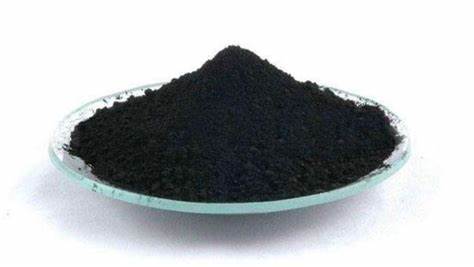
Titanium dioxide mainly has two different crystal forms, anatase type and rutile type, which are mixed into polymers and show significantly different photoactivities. Anatase titanium dioxide is photoactive and can catalyze the photodegradation of polymers. Under the action of light and ozone, it can gradually form titanic acid, which makes the surface of the product yellow and chalking. Rutile titanium dioxide is a commonly used UV shielding agent for PVC. It has no photoactivity but can shield UV light and reflect infrared light, and is not easy to turn yellow. The average dosage of titanium dioxide is generally 3%~5%.
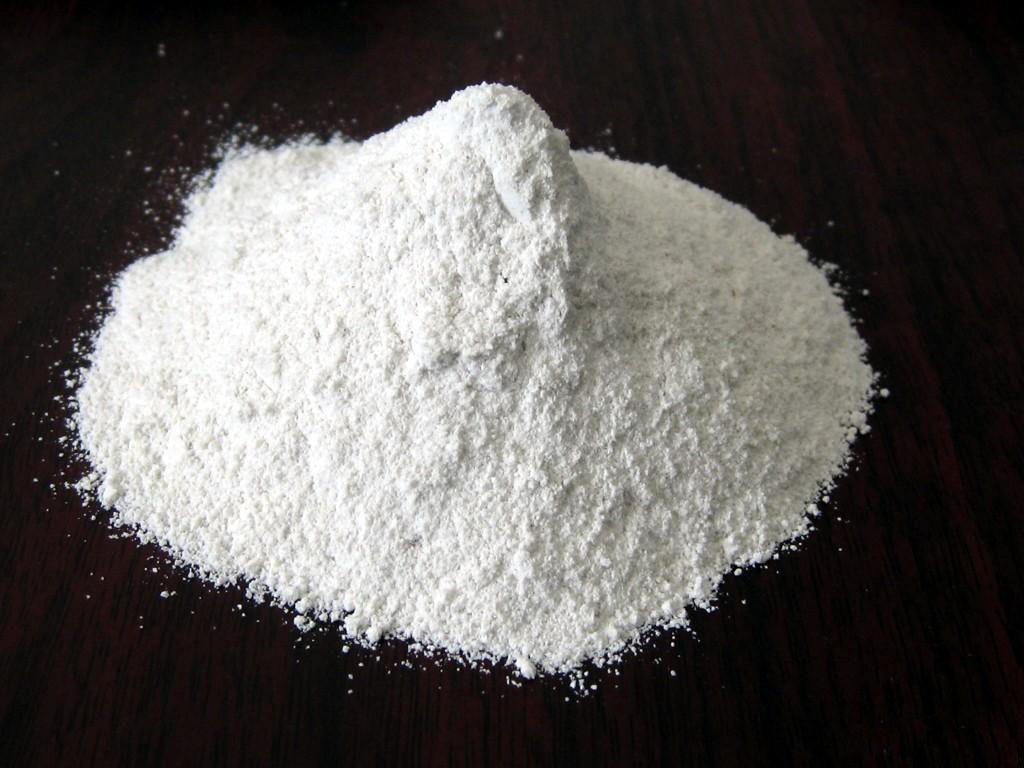
The biggest drawback of the light shielding agent is to color the product, which directly limits its application in transparent products, and there is little overall progress in the development of varieties. The new varieties are mainly ultra-fine particle size and surface-treated easily dispersible inorganic substances, such as ultra-fine titanium dioxide and micronized zinc oxide. The former has inactive, non-migratory, low visible light scattering and high ultraviolet light scattering, and endows the plastic with ultraviolet light absorption while maintaining the transparency of the plastic. The latter is better than ultrafine titanium dioxide in terms of transparency and ultraviolet light absorption efficiency. .
in conclusion:
(1) The discoloration of PVC products is caused by the combined action of the external environment and the factors of PVC itself, that is, external ultraviolet radiation, ambient temperature, humidity, oxygen-containing conditions and environmental pollution, etc. The factors of PVC itself are the release of HCl during the degradation process.
(2) The main reason for the discoloration of PVC products is the existence of polyene structure in its molecular chain and the release of HCl during the degradation process. Therefore, the most fundamental way to solve the poor light stability of PVC resin is to control its quality and reduce the release of HCl and polyene structure. generate.
(3) The quality of various additives in the production formula of PVC products is also an influencing factor for the discoloration of PVC products. The formula can be optimized to ensure the quality of resin and various additives and reduce the occurrence of discoloration of products.
Factors affecting the photodegradation of PVC

The color of the PVC resin changed after being irradiated by ultraviolet light, indicating that part of the intramolecular de-HCl reaction occurred on the main chain of the macromolecule, and a small amount of conjugated double bonds were formed on the main chain of the macromolecule, which led to the change of the color of the resin. .
The influence of additives
During processing, the stability of the material is improved by adding a series of additives, such as heat stabilizers, antioxidants, plasticizers and lubricants. However, there are problems such as poor compatibility with materials, decomposition temperature lower than material processing temperature and low molecular weight, etc., which reduces the mechanical properties of products, and causes discoloration due to leakage and extraction of additives during use.
1. Plasticizer
After the plasticizer absorbs ultraviolet light with a wavelength greater than 290 nm, it generates free radicals and acts on the PVC chain to increase the HCl extraction rate, which accelerates the photodegradation process of PVC and causes the material to discolor. Discoloration will occur.
2. Solvent
Cyclohexanone and tetrahydrofuran (THF) are commonly used solvents for PVC, and THF reacts with O2 to easily form complexes, which generate free radicals under ultraviolet light to trigger the photodegradation of PVC. Since THF is commonly used in the preparation of PVC films, it will accelerate PVC films. photodegradation.
3. Heat stabilizer
The thermal stability of PVC is poor, and a thermal stabilizer must be added to post-processed PVC products to enhance thermal stability. Using mass analysis, infrared spectroscopy and UV-Vis spectrophotometer (wavelength greater than 300nm, temperature 40°C, 55°C, 70°C) to study the 80 μm thickness containing calcium stearate, zinc stearate heat stabilizer The photo-oxidation behavior of the PVC film found that the initial heat stabilizer gradually disappeared because HCl reacted with the heat stabilizer. When the heat stabilizer completely disappeared, weight loss occurred at the same time, indicating that the intensity of HCl removal is greater than oxidation. It was found by UV irradiation that the thermal stabilization of organotin was better, which was the reason why organotin chloride would not cause further degradation.
The effect of polymer modification
Some good properties can be obtained by blending PVC with other polymers, but the blending will affect the UV degradation behavior of PVC. Methyl methacrylate-butadiene-styrene copolymer (MBS), polyethylene oxide (PEO) and wood chips promote the photodegradation of PVC, while polyvinyl acetate (PVAC) and polyvinyl alcohol (PVA) retard the photodegradation Photodegradation of PVC. The addition of MBS to PVC can greatly improve the impact resistance of PVC, but the addition of MBS will accelerate the photodegradation of PVC.
Fourth, the effect of adding calcium carbonate
The main purpose of adding CaCO3 to the formula of PVC products is to fill the increment, reduce the cost, improve the hardness and heat distortion temperature of the product, and reduce the molding shrinkage rate of the product, but the particle size and particle size distribution of CaCO3 and the compatibility with the matrix are limited. , in the case of a large amount of it, it will inevitably cause agglomeration in the matrix, reduce the toughness of the material, and affect the gloss and color of the product. Some data point out that after organic surface treatment of CaCO3, the hygroscopic ability is obviously reduced, but if PVC is degraded and HCl is removed, CaCO3 is dispersed in the photo-oxygen degradation product layer of PVC, forming a potential water absorption site, which is easy to make the product discolored, and CaCO3 and PVC products are aging. The pulverization phenomenon in the process is closely related. Products with high CaCO3 filling content are prone to pulverization phenomenon. The pulverization phenomenon is the result of the surface morphology change caused by chain scission or cross-linking during the aging and degradation of PVC.

1. Minimize the degradation of PVC resin and the formation of polyene structure during the polymerization of PVC resin
1. Remove oxygen from the polymerization system and deionized water
2. The polymerization temperature should not be too high
3. Control the appropriate bureau and conversion rate, and shorten the depressurization period of polymerization
4. Strictly control the chloride content in water
5. Purity of raw materials and selection of dispersant and initiator system
2. Optimize the production formula design of PVC products
1. Heat stabilizer
Hindered Amine Light Stabilizers (HALS) are a class of piperidine derivatives that do not absorb or rarely absorb ultraviolet light and have a certain steric hindrance effect. However, because hindered amine light stabilizers are alkaline, they are more sensitive to acidic substances [5], and HCl is formed during both photodegradation and thermal degradation of PVC. HCl may react with HALS, thereby hindering the formation of nitroxide radicals. "Poisoning" HALS. Weakly basic hindered amine light stabilizers can be selected, such as piperidine derivatives or anthraquinone derivatives, because they have a variety of functional groups, they can be used as a free radical scavenger, and such derivatives are easy to prepare and have almost no toxicity.
2. Antioxidants
During the processing and use of PVC products, they will be oxidized by heat and ultraviolet rays, and the oxidative deterioration is related to the generation of free radicals. The main role of antioxidants is chain scission terminators or free radical scavengers. Its main function is to bind free radicals to form stable compounds to stop chain reactions. Antioxidants are usually recommended as multi-component formulations to provide protection against UV degradation. The main antioxidants of PVC are usually bisphenol A and auxiliary antioxidants or hydrogen peroxide decomposers. The auxiliary antioxidants of PVC are triphenyl phosphite and diphenyl isooctyl ester, and the combination of main and auxiliary antioxidants can exert a synergistic effect.
3. Ultraviolet absorber
The role of UV absorbers is to prevent degradation and crosslinking of polymers caused by UV rays in sunlight and various artificial light sources. Ultraviolet absorber can absorb ultraviolet rays with a wavelength of 240-340 nm, and has the characteristics of light color, non-toxicity, good compatibility, small migration, easy processing, etc., and has a good protective effect on PVC resin.
According to chemical structure, UV light absorbers can be divided into o-hydroxybenzophenones, o-hydroxybenzotriazoles, hydroxybenzotriazines, phenyl salicylate, etc. Phenyl salicylate is the earliest UV stabilizer, and it is still used today because of its low price. Most of them yellow under UV radiation, limiting their use in colorless or transparent articles. o-Hydroxybenzophenone and o-Hydroxybenzotriazole compounds are typical ultraviolet light absorbers, and they are added to PVC products, so that the products can be used for a long time under sunlight. Their main function is to prevent discoloration of PVC products, as well as to prevent products from becoming brittle and surface cracks.
4. Chelating agent
Chelating agents are often added to the PVC polymerization system or formulation system to improve the thermal stability of the resin. The principle is that the chelating system can form stable metal complexes with harmful metal ions that are easy to cause the release of HCl on the PVC molecular chain.
5. UV shielding agent
Light shielding agent is a class of substances that can absorb or reflect ultraviolet light, and its main function is reflected in the physical barrier. It can form a barrier between the light source and the polymer, preventing ultraviolet light from entering the interior of the polymer. Such products are cheap and have many varieties, such as titanium dioxide and carbon black.
Carbon black is the most effective light shielding agent, it absorbs the entire ultraviolet and visible radiation light, and can convert light energy into less destructive thermal energy, and has internal filter, free radical scavenger, and polymer singlet state And triplet fragmentation agent, it plays the function of absorbing ultraviolet light through the horizontal transfer of energy in its polynuclear aromatic structure. According to the manufacturing process, carbon black can be divided into three types: channel carbon black, furnace carbon black and thermal carbon black. The light stabilization efficiency of carbon black depends on its type, particle size and dispersion in the polymer.


in conclusion:
(1) The discoloration of PVC products is caused by the combined action of the external environment and the factors of PVC itself, that is, external ultraviolet radiation, ambient temperature, humidity, oxygen-containing conditions and environmental pollution, etc. The factors of PVC itself are the release of HCl during the degradation process.
(2) The main reason for the discoloration of PVC products is the existence of polyene structure in its molecular chain and the release of HCl during the degradation process. Therefore, the most fundamental way to solve the poor light stability of PVC resin is to control its quality and reduce the release of HCl and polyene structure. generate.
(3) The quality of various additives in the production formula of PVC products is also an influencing factor for the discoloration of PVC products. The formula can be optimized to ensure the quality of resin and various additives and reduce the occurrence of discoloration of products.
August 21, 2024, 2:42 PM
August 21, 2024, 2:28 PM
August 21, 2024, 2:20 PM
August 21, 2024, 3:01 PM




